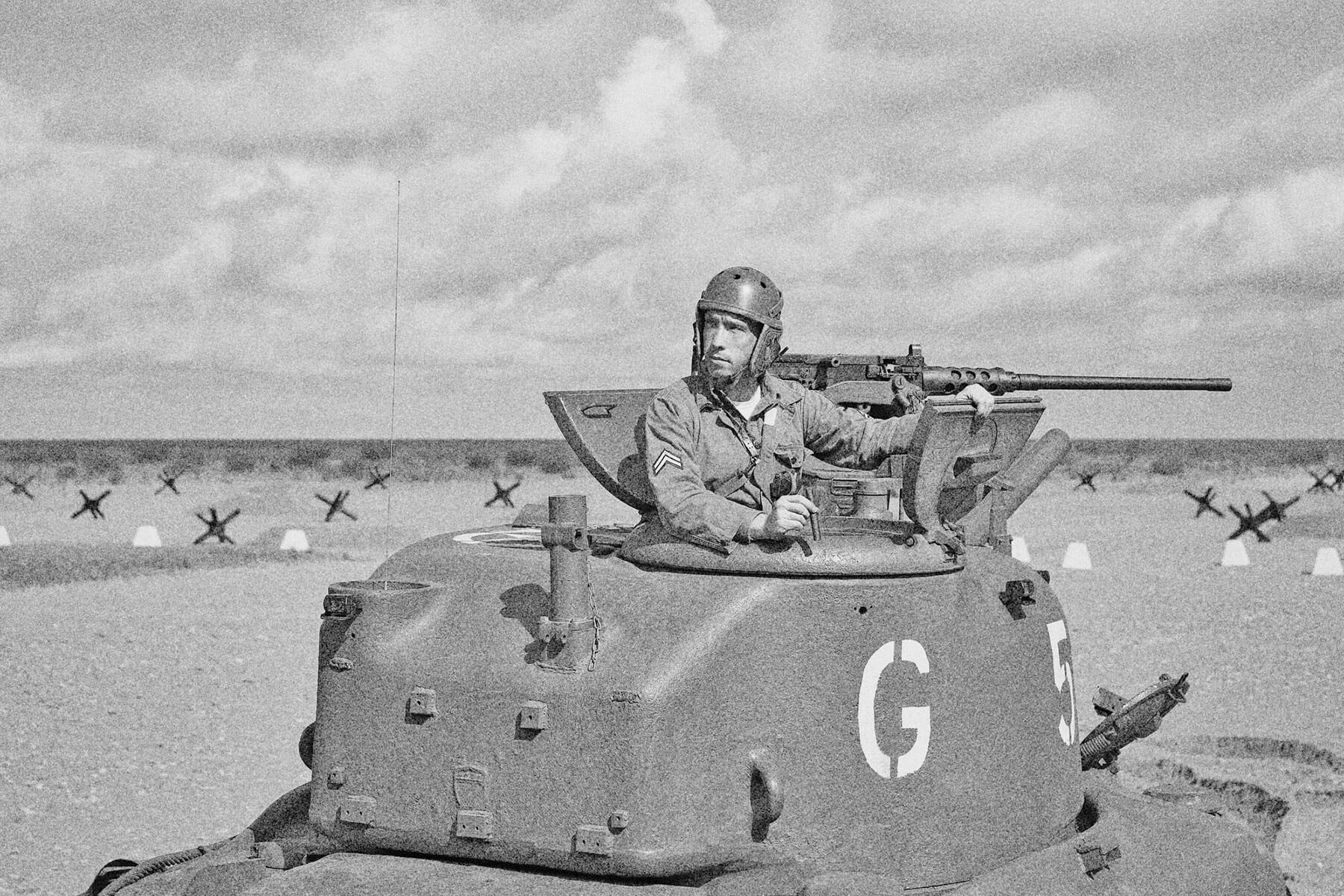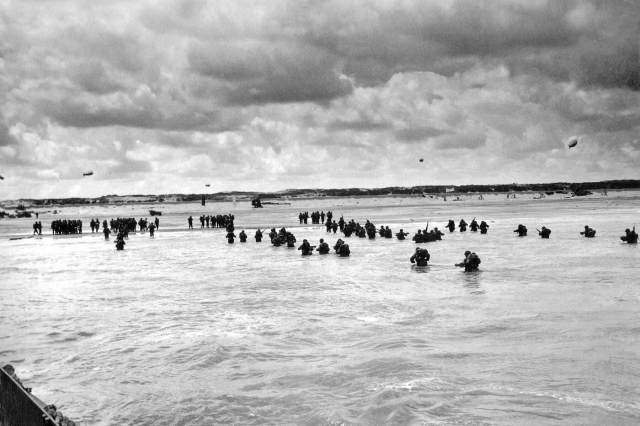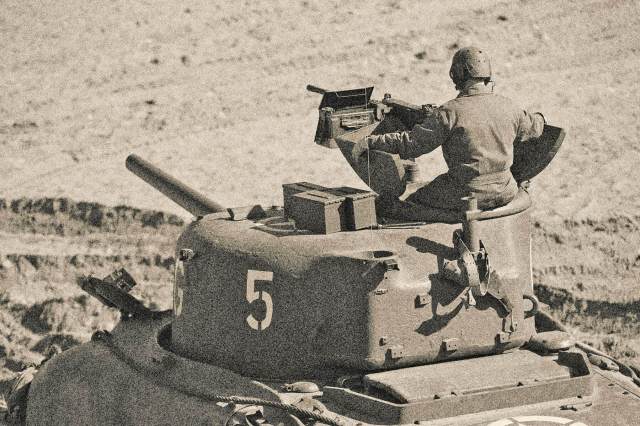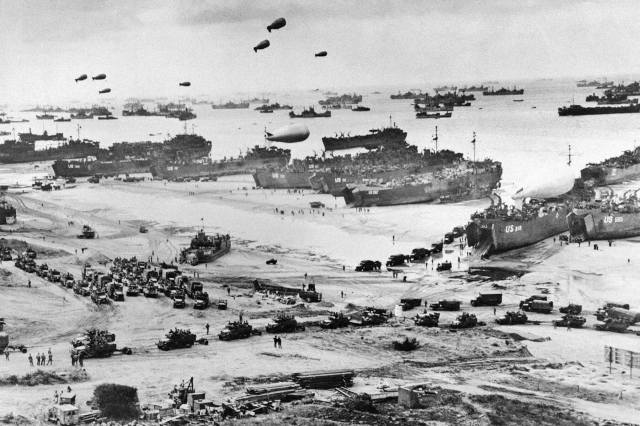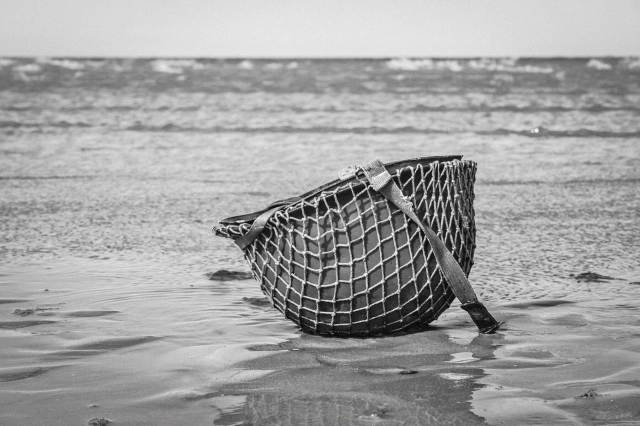5 Little-Known Facts About D-Day
Not long after the United States entered World War II in December 1941, Allied leaders Winston Churchill and Franklin D. Roosevelt — along with commanding Allied general Dwight D. Eisenhower — began to plan an invasion of Nazi-occupied France. Opening a new front was vital to defeating the Nazis, so plans were set in place for Operation Overlord — the codename for the Normandy landings on June 6, 1944. The massive operation began the liberation of France and other parts of Western Europe, ultimately turning the tide of World War II and bringing about the end of Nazi Germany. Here are five facts about that fateful day, now commonly known as D-Day.
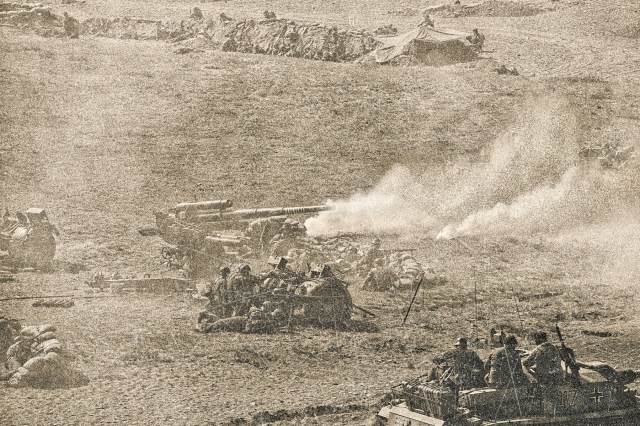
D-Day Was Supposed to Happen a Day Earlier
Allied leaders originally set a date of June 5, 1944, for D-Day. But something very British managed to delay the invasion: the weather. Foul weather over the English Channel meant that it was too rough for ships to sail, so the invasion was postponed until the day after. It was a nervous, pensive wait for everyone involved, not least for the soldiers waiting to cross the Channel. Then came news from the meteorologists, who forecast a brief window of calmer weather for June 6. There were a limited number of dates with the right tidal conditions for an invasion, so if the operation didn’t go forward during the break in the weather on June 6, it would have had to wait until June 19-21 (when, as it turned out, there was a storm that would have made invasion impossible). The green light was finally given, and D-Day took place on June 6.





